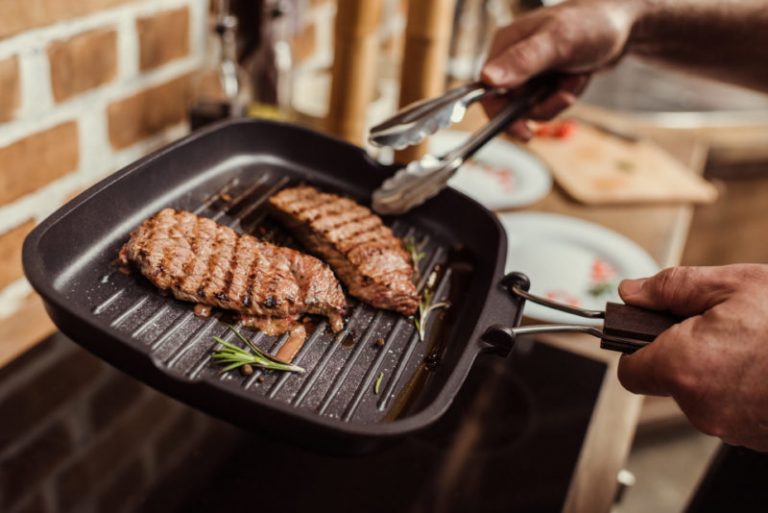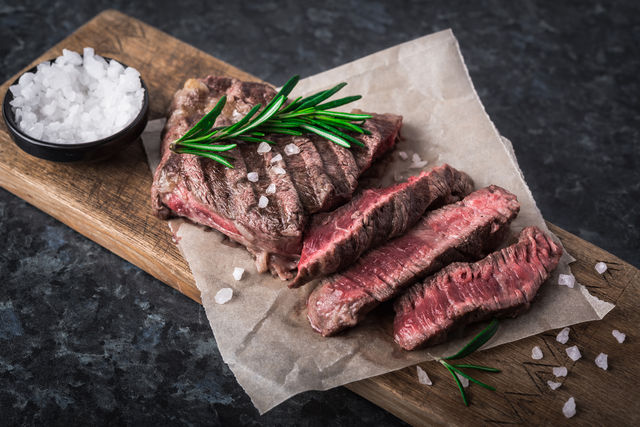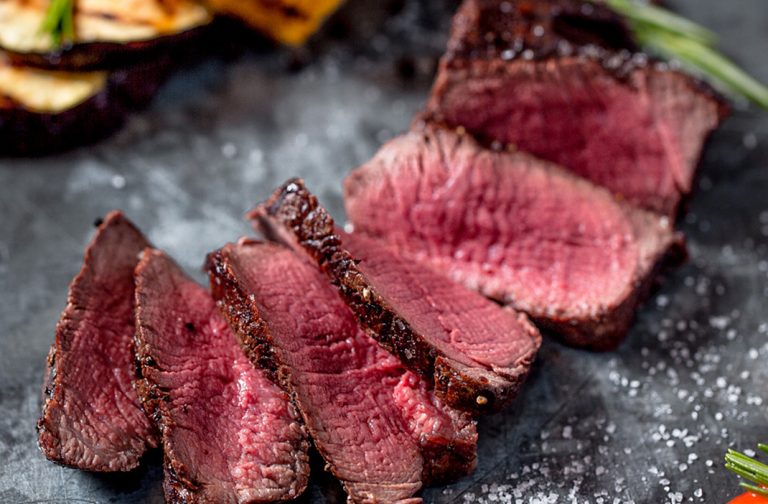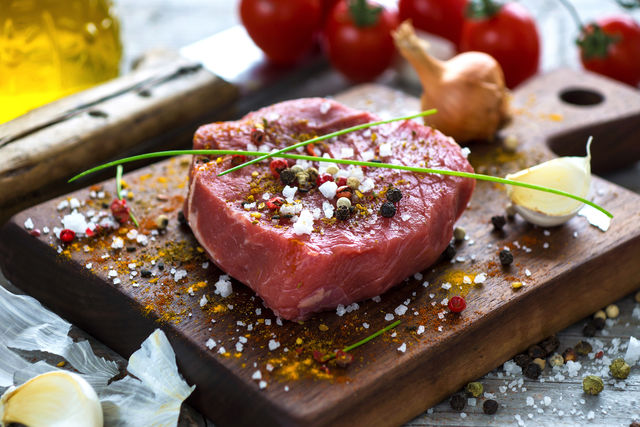Pizza is a tasty and satisfying dish that goes perfectly with any table.

- You will need 900 g flour; 10 g yeast (fresh); 0.5 l of water; 10 g vegetable oil (or olive oil); 20 g of sea salt (finely ground). Be sure to knead the dough in a calm, warm atmosphere and in a good mood. To make the dough airy, sift the flour through a sieve. In a bowl, dilute the yeast with cold water until completely dissolved. Gently add half of the flour and mix thoroughly so that there are no lumps. Then add the rest of the flour and salt.
- It is better to add olive oil to the mixed mass, which will give elasticity. We knead everything thoroughly. Then put the dough out of the bowl on the table and knead it until it lags behind the hands.
- Divide the dough into several pieces and leave it to rise at room temperature for about 1 hour. It should double in volume. Roll out the dough in a thin layer with your hands. Sprinkle flour on the surface of the dough and begin to gently stretch it from the middle to the edges. In this case, it is advisable to hold the middle of the cake with your hand. We make the edges a little thicker for the sides.
- Grease the baking dish with olive oil and sprinkle it with flour so that the dough does not stick to the baking dish. We spread the filling and send it to a heated oven (180-200 degrees) for about 10 minutes.
- For a pizza of medium diameter, add no more than 3 tablespoons of sauce. As a sauce, we use not only traditional tomato paste, but also delicate cream cheese, hummus, squash caviar, or pesto sauce. We monitor the consistency of the sauce: it should not be liquid.
- Be concise and don’t use more than 4 ingredients in one pizza. There should be only one layer of filling and no more than 1 centimeter. Do not fill the entire surface of the dough with ingredients, because there will be a layer of grated cheese on top. Place ingredients such as greens and lettuce on the pizza before serving.







